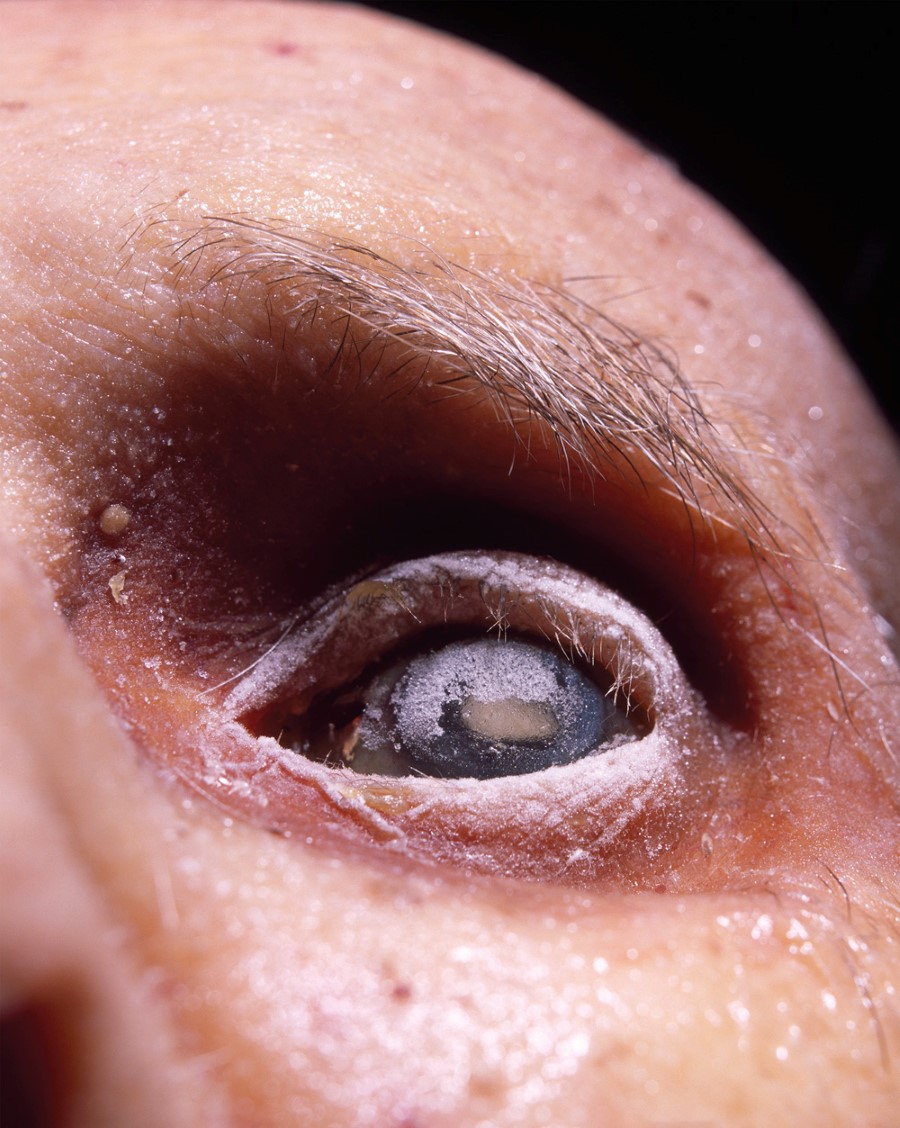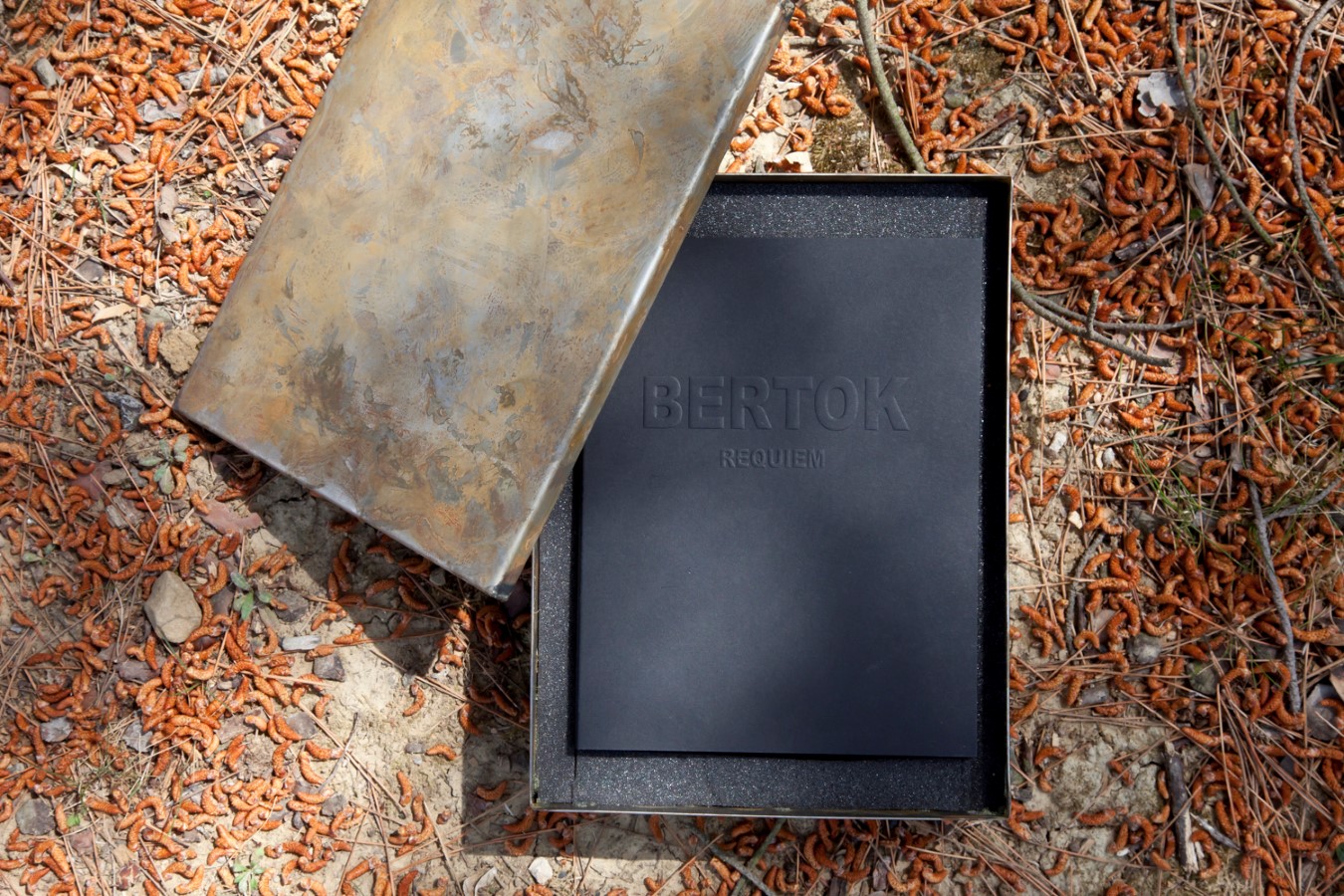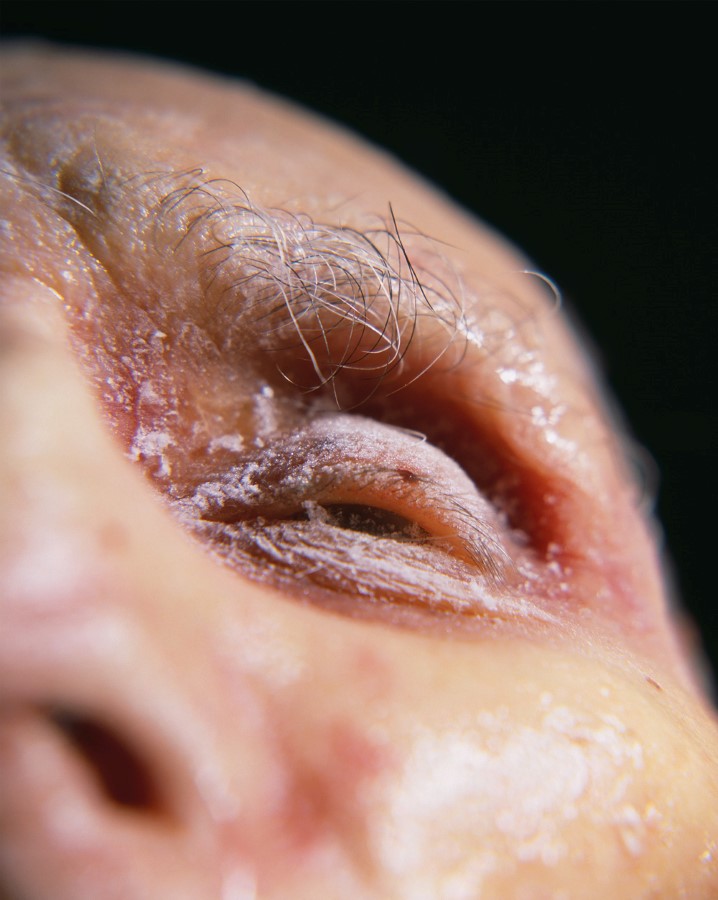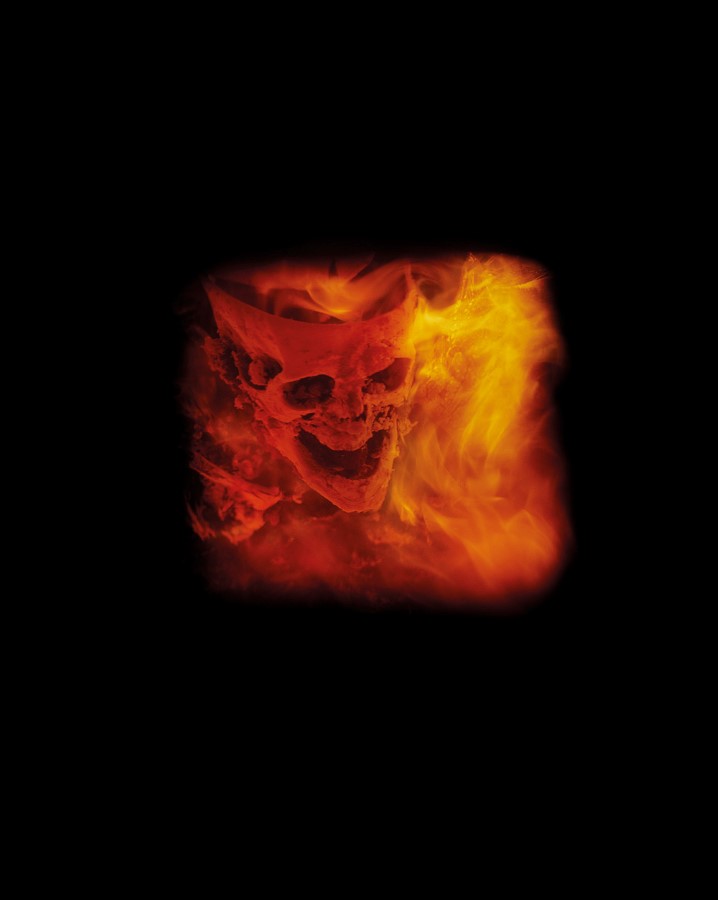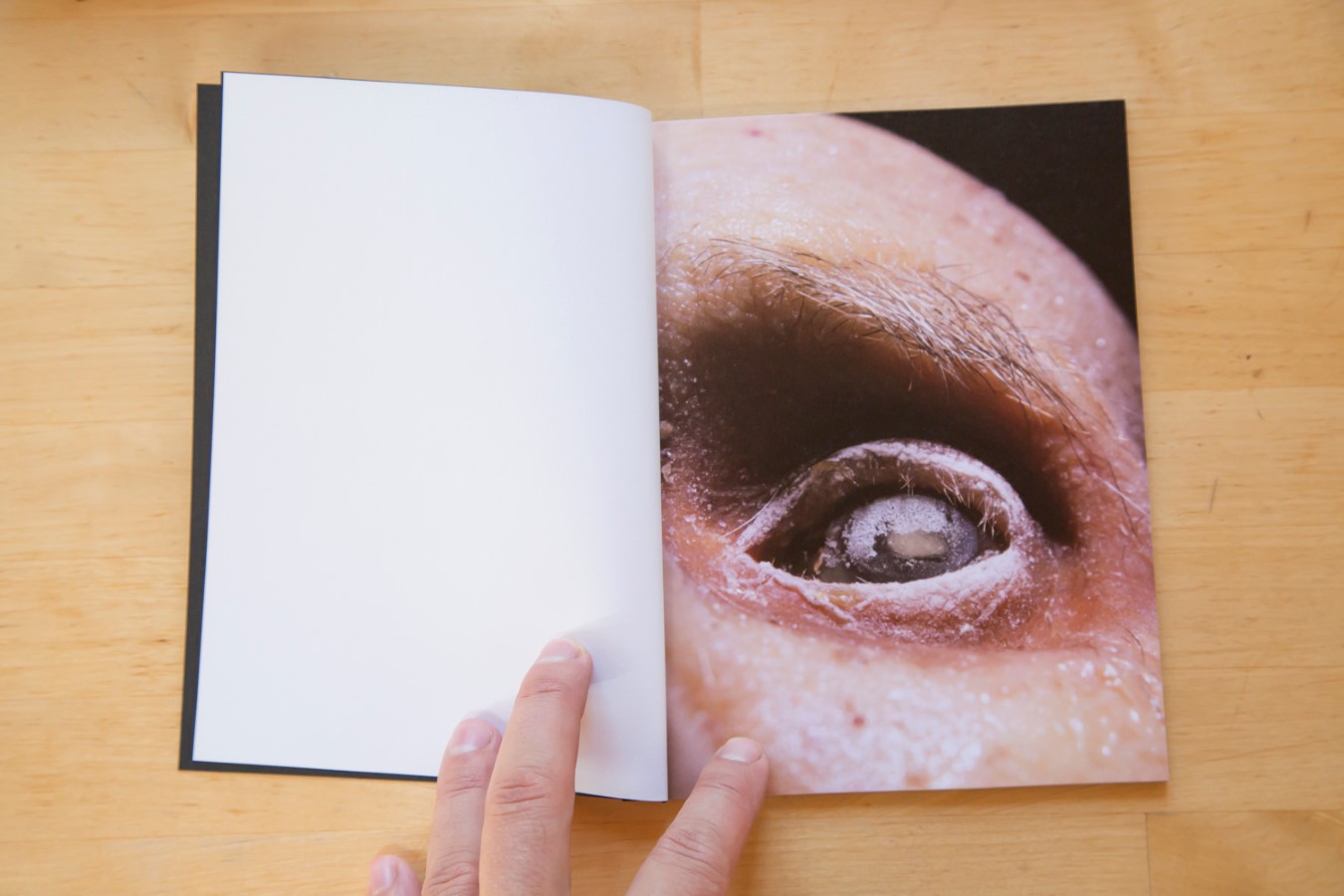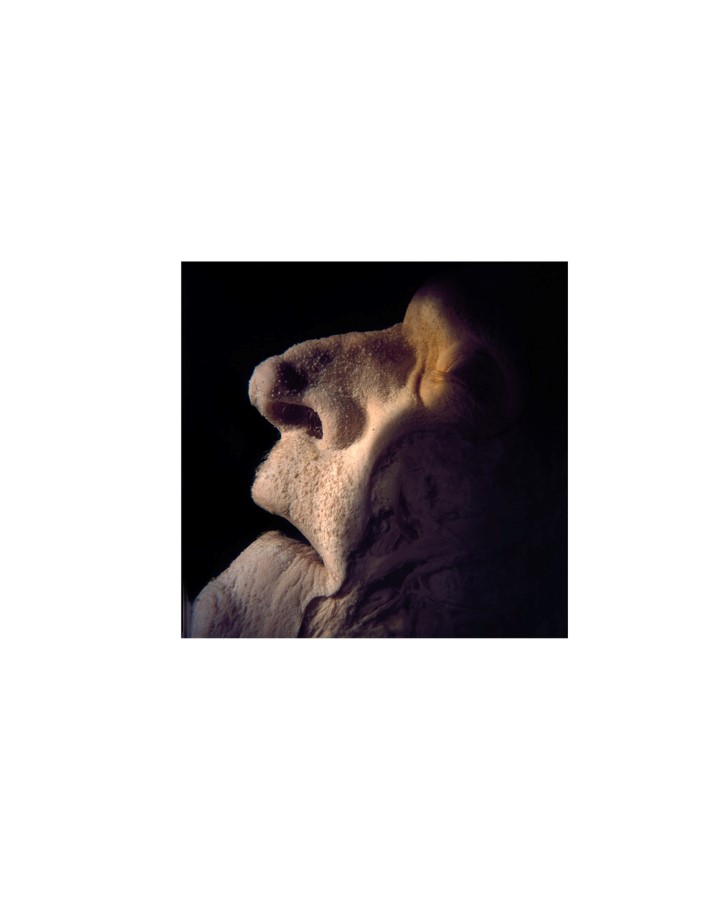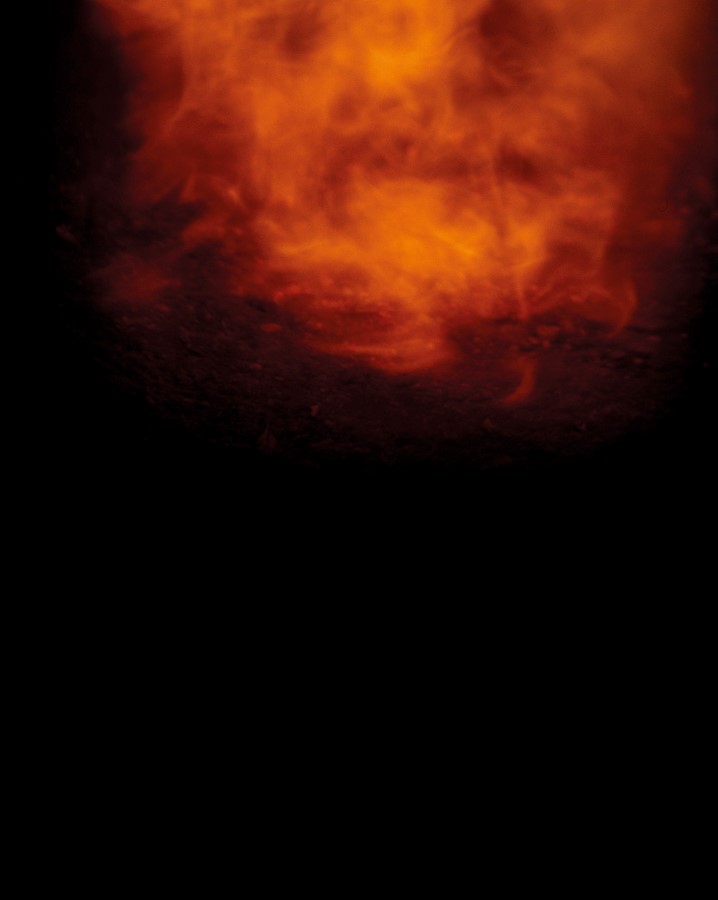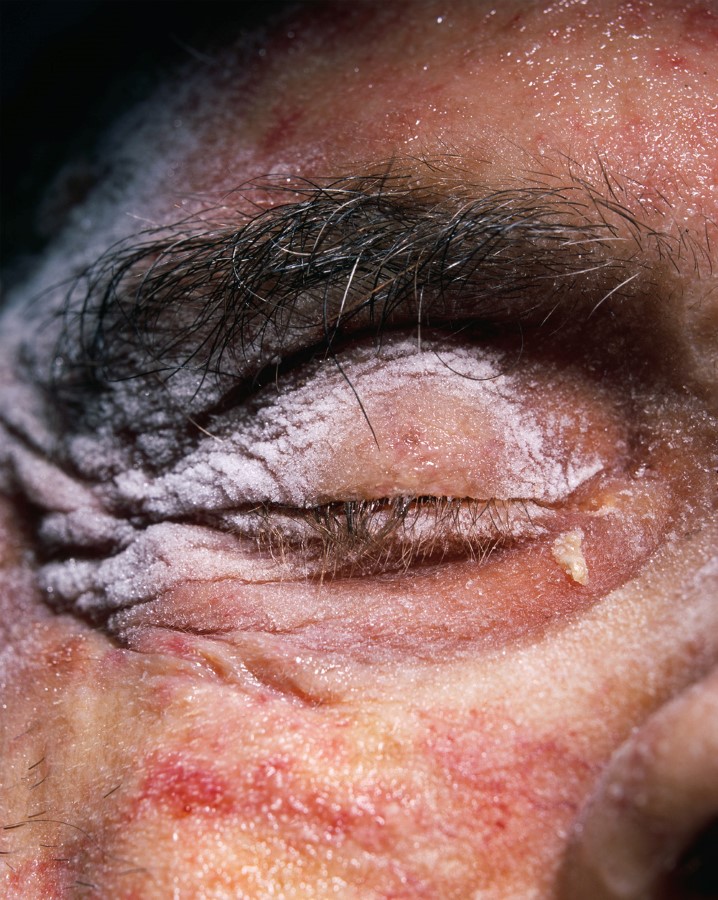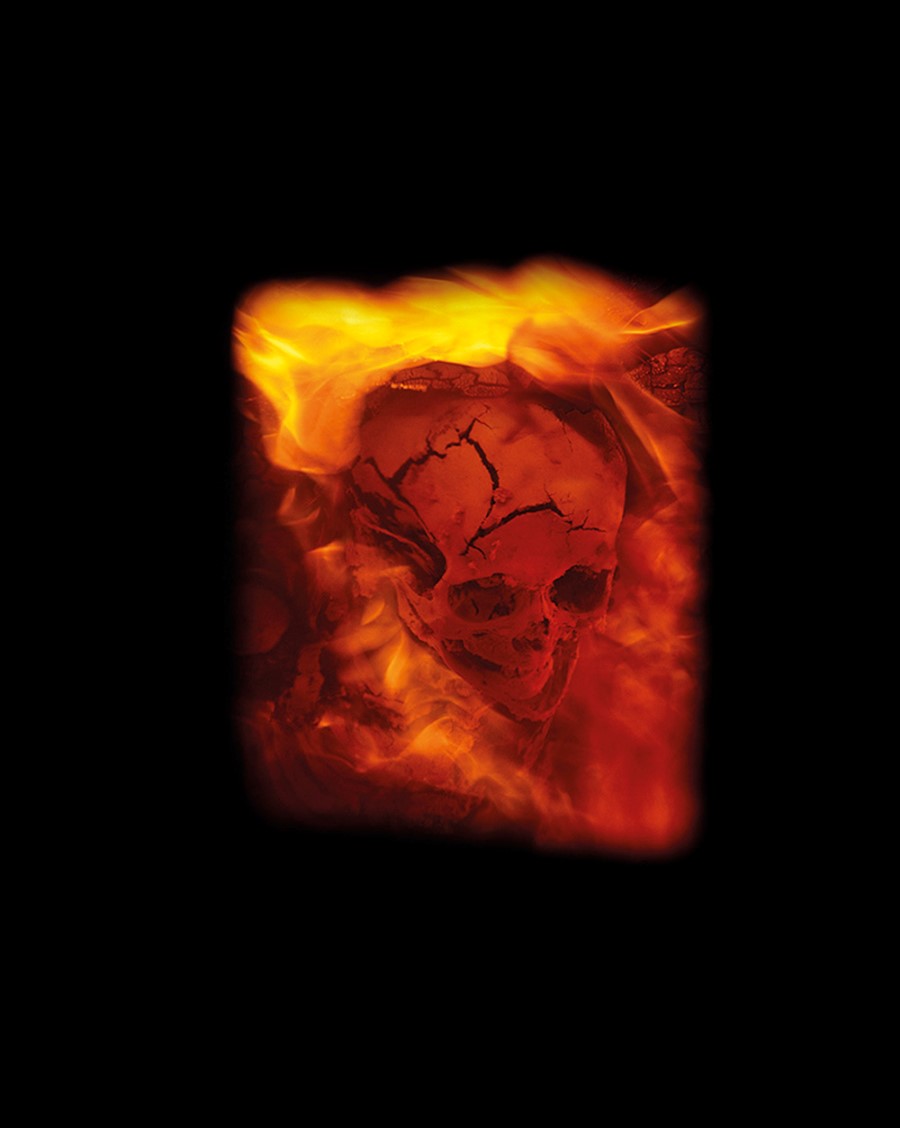“There is a relevant question: can I learn anything from a dead body, from a corpse without a name and history? It is only a dead piece of meat that has a certain shape but it has no story. So I document dead piece of meat, indeed”.
An Interview with Goran Bertok, by Brad Feuerhelm
BF: Tell me about your transposed morbidity…what led you to death?
GB: First of all, I have always been interested in unusual, concealed, marginal issues. The dead body corresponds with that description, at least in the Western societies. On the other hand, in the past 25 years I have photographed and dealt almost exclusively with the human body. Personally, I like photography that does not contain the human figure, but I am not interested in that in my own work. It is hard to explain why. Maybe because of the fact that I have always felt my own body was something that evaded me – even though that is actually my body telling me this. I can therefore do with it whatever I want, but at the same time I belong to that body and I am doomed by it. In that sense, the focus on the phenomena of death and dead human body, corpse, cadaver, etc. is only the logical continuation of my work. I think that I am not obsessed with death but I am certainly interested in it. I know some people who are not interested at all in this topic and they do not want to deal with it. They do not feel any need to think about that or to encounter corpses, be it in person or only on the photographs. Its possible that every photographer who deals with death has his or her own anecdotes. And I have mine. Very soon after my birth I had to have my blood replaced (transfused) and there was a good probability that I was going to die or at least suffer a great deal of brain damage. Since, I am always accompanied by a dead double, the person that was condemned to die. Modern medicine saved my life but since then my body constantly signals and reminds that I am actually dead. Years ago I had a sensation that I am a corpse. I could imagine very clearly and very physically that I am dying.
BF: There is a history of photography that concentrates on the oblique side of the dis-possessed body, the cadaver. If you think of Jeffrey Silverhtorne’s Morgue Work, Sue Fox’s Autopsy series, Joel-Peter Witkin’s Tableaus, even reaching back towards the trend towards Nineteenth Century pre-forensic pathology photographs of the dead in the case of The Edinburgh Stereoscopic Atlas of Anatomy, there is a vibrancy at looking at “the other”, the abject in repose. Were you able to empathize while you were working the corpse with your eye? I say working the corpse in the eighteen and nineteenth century’s sensibility of its dissection. You are, in effect, dissecting the surface of the corpse with your vision.
GB: There is a relevant question: can I learn anything from a dead body, from a corpse without a name and history? It is only a dead piece of meat that has a certain shape but it has no story. So I document dead piece of meat, indeed. Everything else I add in terms of scenery, the artificial lights and so on. I am not at all interested in so called documentary photography. Actually, it does not make much difference as I treat living models in a same way as I treat corpses. However, the most essential difference is that the corpse, as well as its scent and tactility, is that it constantly reminds me of what is going to happen to me, sooner or later. The corpse is the proof of inevitability of my physical end and it is significantly more palpable than bare notion that I am going to die. When I am faced with dead body and especially with its face – the face ultimately gives identity and personality – I silently confront with the leftovers of what used to be human being. Facial features testify to the personality of somebody that I never knew; they might also testify on the cause of death, about the age of the deceased. Looking at the face, I can speculate if the person suffered when dying or what was his or her social status when still alive.
I always work alone in complete silence. It is a confrontation of one on one. The dead body is powerless, left to our mercy. Maybe that is the reason why dead bodies require high ethical standards in our society. But in a way I do identify and I do emphasize because I do not deal only with the questions of composition, lights and scenery. There is something more, otherwise I would photograph objects or still life. And at the very end I am not concerned with the dead person in front of me, but I am rather concerned with myself. I guess the way that I photograph corpses says more about myself than about the corpse.
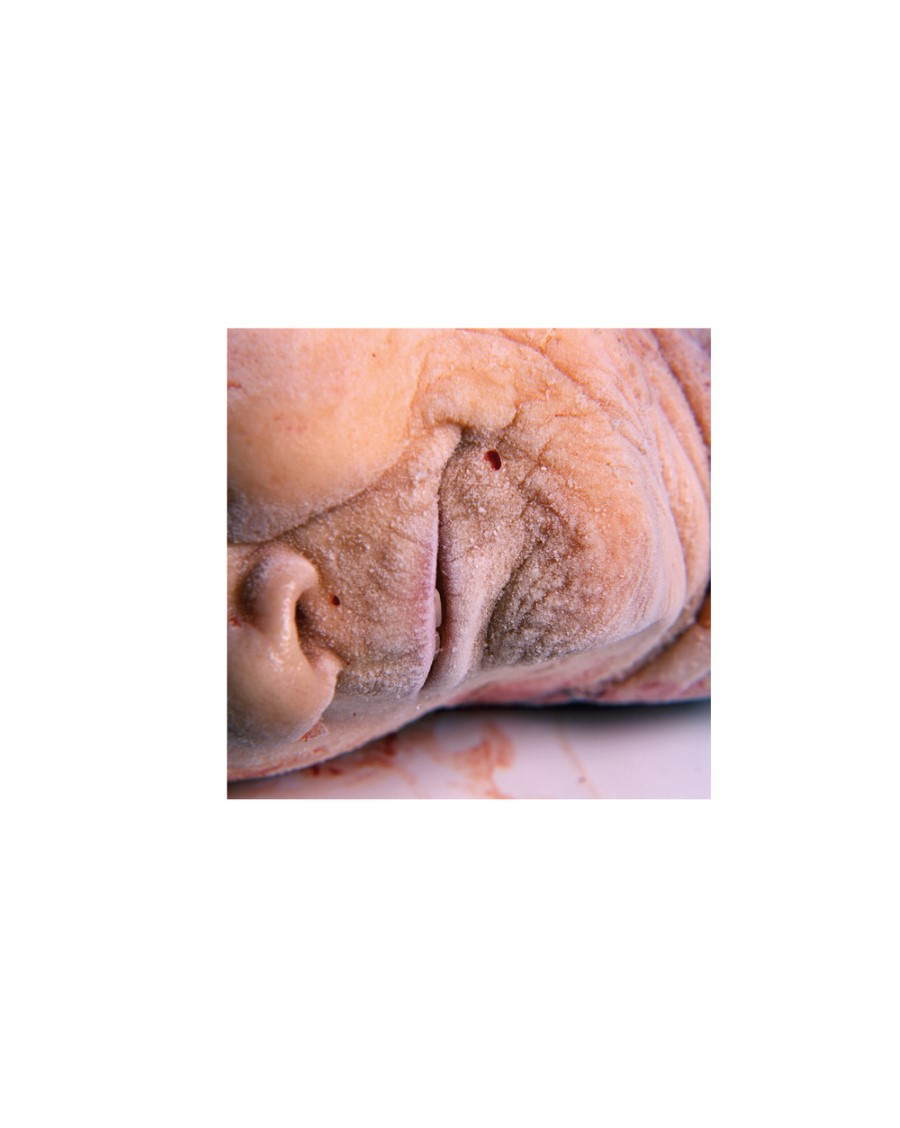
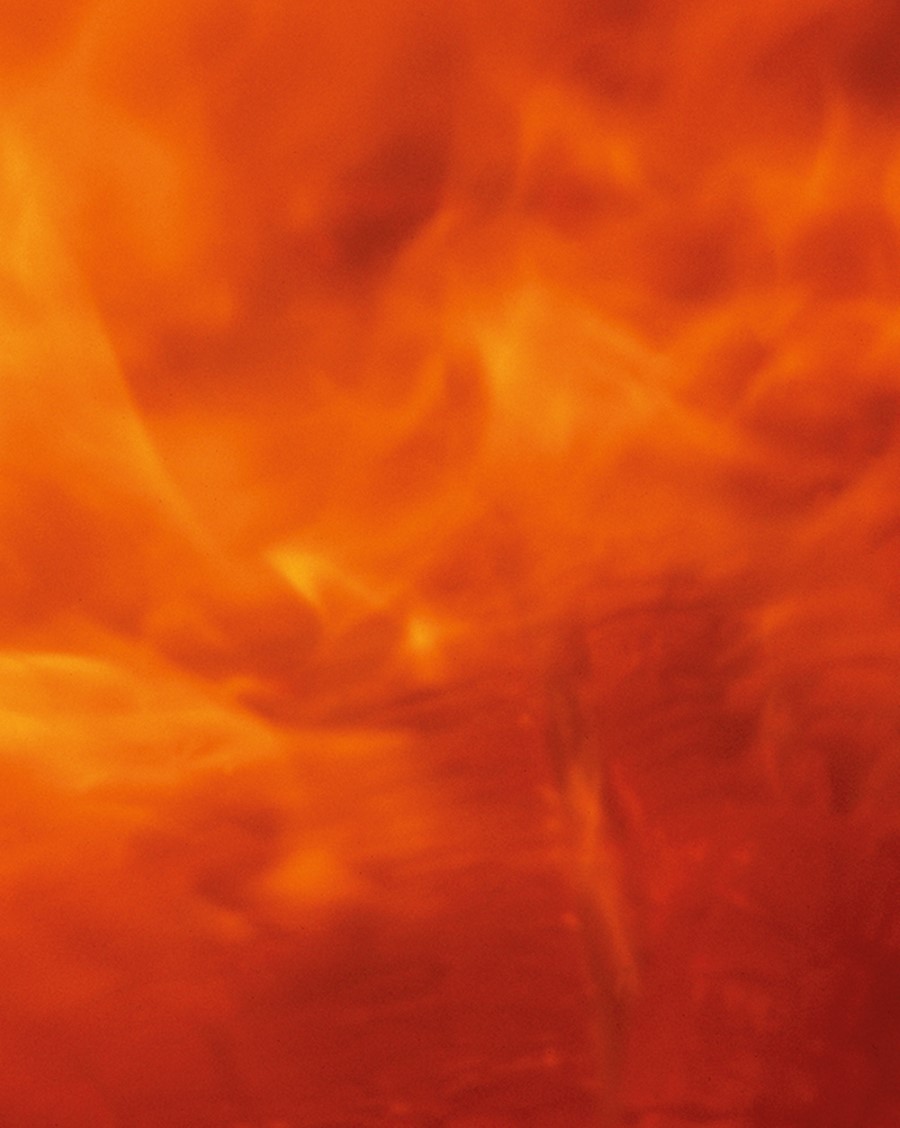
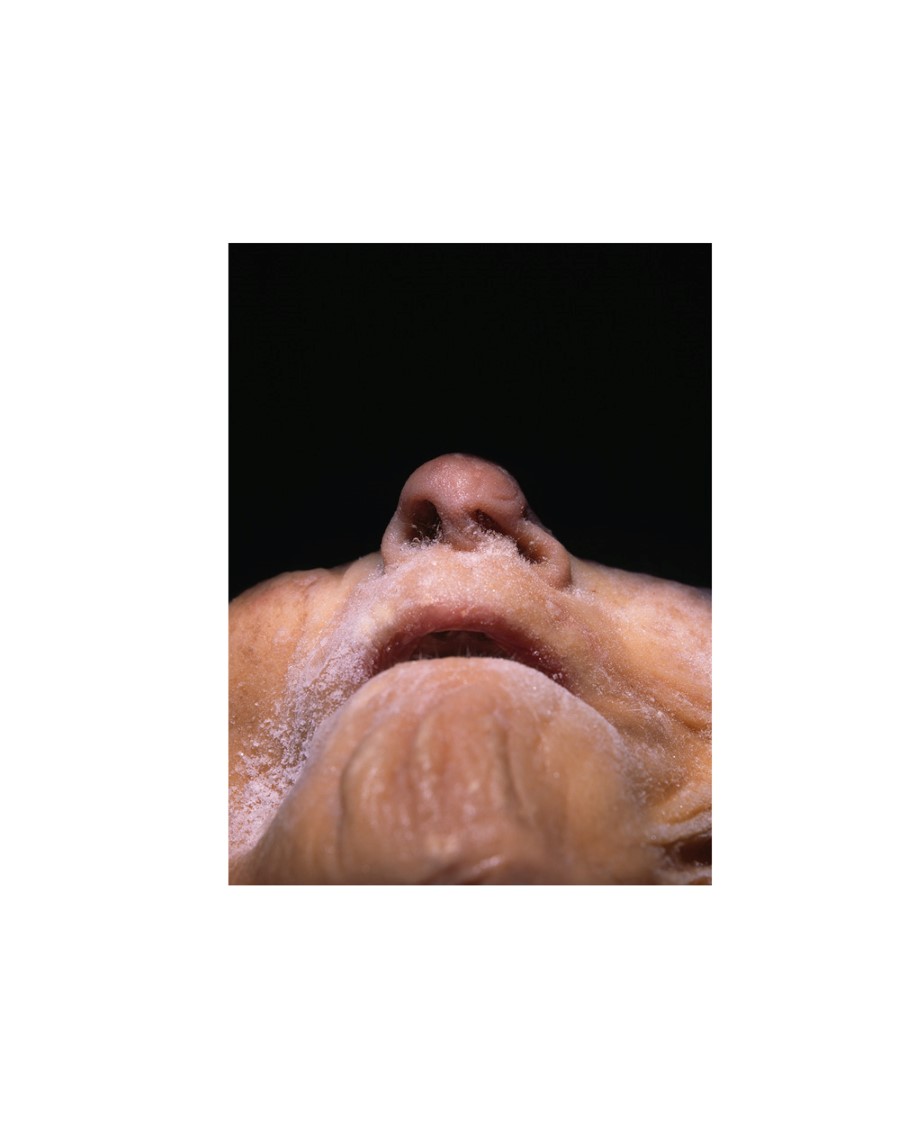
“I always work alone in complete silence. It is a confrontation of one on one. The dead body is powerless, left to our mercy. Maybe that is the reason why dead bodies require high ethical standards in our society”.
BF: Having had a long history with confronting death myself, from photographing anatomy labs in Belgium to seeing suicide by train, and a man’s head crushed under the wheel of a car while I was stoned on opium in my teens… I never felt fear… the emotion of confronting this… tragedy… or the enduring otherness, which has always left me with fascination of the corpse. Why do you think people attach such taboo to death when in reality we are all going towards the same finish line? Spiritual misadventures?
GB: I probably do not fear death myself but I am afraid of the fact, or I am at least disgusted by it, that I will get old first if I live old enough. To get old means to decay and to crumble physically as well as mentally. For me, fearing the aging process is more or less the same as being afraid of amputation of a limb, of blindness, deafness, Alzeheimer’s or Parkinson’s disease. Like most of human beings, I do not like the thought, and actually I do fear it, of getting sick by those diseases, or of having a traffic accident that would constrain me to a wheelchair.
But what if I only reverse the words. So let us say that somebody does not fear death. But it means he or she does not fear death in that very moment but he might be terrified of it in future, maybe a very distant moment which might seem to be eternal. If one does not fear his or her own death, one fears the death of beloved person in that very moment. I experienced premature death of a beloved person and it affected me to the point that I will not be ever able to come to terms with that.
In my opinion in the modern Western society, death is a taboo for the simple fact that it speaks truth about life. And that truth sometimes does not comply with what we believe Western society and consumer society to be. People were used to dying in the family circle. The corpse was resting at home, amongst its family, which meant a certain kind of protection and care. Nowadays, a corpse is a municipal waste, something that has to be removed as soon as possible, and that has to be done imperceptibly. The corpse is seen as something dirty and disgusting. I still feel that the fact that I left the dead body of my late mother to complete strangers was a severe mistake. With me, the ritual that I find the most appropriate is the one where family members and closest friends drink the ashes of the deceased. And for the deceased, it does not matter what will happen to his or her body but it does matter for the ones who stay. Currently, the notion of death in western societies is related to a big lie. Nowadays, it makes no difference if we dispose of the corpse on the dump or if we fed pigs with them. However, we pretend it is not the same. We maintain the appearance. We lie. We are frightened. In a current system of values, the corpse is no more than a disruption in a system.
BF: The corpses in the first book of requiem are noticeably cold, the dust of frozen perspiration, the eye that hardens in the cold steel of the freezing tank…the second book contains the images of the bodies burning, in the crematorium…this fragility of sensory deposition, like Christ in repose between Siberia and also the sands of Egypt…the focus is specific to temperature…was that something intended with its literal overtones of the Judeo-Christian attitude towards going to hell if cremated…or was it happenstance and due to availability?
GB: For several years I was trying to find a way to photograph corpses. In my photographs they are drowned in liquid (Red) or they are frozen (Post Mortem) or they vanish in flames. This is only the reflection of reality. Because we keep corpses in formaldehyde, in cold storage and we cremate them in crematoriums. I think I somehow completed the story of the body with my previous works. I started with living body and staged violence. I continued with the living body that was subjected to real violence, which resulted in wounds, bruises, cuts, and scars; I continued the story with photographs of dead body in ice, in flames and in liquid. Fire is interesting because dead bodies go through immense transformation in the process of cremation, which are not related to our idea of posthumous resting, but rather appear as a demonic return and awakening. So, the thing that ought to be dead and from which we took our farewell in grief is now coming back to life as something alien, fierce and unfamiliar. In short, the photographs from the crematorium do not have anything to do with what is considered as a nice memory of our beloved. It does not look like the classic image of a peaceful sleep. In a way, all this reminds me of the fear of zombies and vampires, the fear of unreal and unknown. However, the photographs from the crematorium are actually portraits. These are skulls that obtain very specific and personified appearance and expression. This is much different from the (ordinary) skulls that look more or less all the same.
BF: When we consume these…bodies…they are no longer people for me…the personality is left in stasis…the aenima…long ago left or in my views…never achieved…how do we or rather why do we feel a need to empathize with necrosis? A loved one…perspired…is no longer THE loved one, but that of an organic dissipating mass returning to the sphere of particle…why does the relative notations of ethical treatment of corpses careen into our collective and supposed morality so easily?
GB: There are myths saying that human flesh has very distinctive, presumably disgusting taste, and that the scent of human flesh burning in flames is hideous and unbearable. But the fact is that in its basic characteristics, human flesh does not distinguish much from animal flesh, not any more than beef is distinguished from pork. The most intolerable is thus probably the fact that human flesh does not differ from the animal meat that we eat. Maybe the best example of fear and taboo of human flesh was reflected in besieged Stalingrad during the World War II, 1942-1943, where eating human flesh was sanctioned by death penalty. Or possibly, in the fate of the survivors of the plane crash in the Andes where some survivors would rather die of starvation than consume the meat of the people who were killed in the crash. The dead human body is, as every dead body is, only a piece of meat.
However, humankind has already made a certain step towards the notion of the dead body as waste. Our relationship with the dead body could be personal and intimate but it could also happen that we are exercising moral rituals, which are expected from us by society. I think about a century ago society would castigate an individual who would not want (on purpose) to attend a funeral of his or her deceased parents. Nowadays, that is just a freedom of choice. The only thing that we are expected to do is to pay for the costs of the funeral. Personally, I believe that physical death marks the end of one as a person. There is nothing after that. I have already donated my body to a medical institution to be used in scientific purposes. Of course it feels strange thinking that my dead body will be cut to pieces. So, despite the belief that there is nothing left after death, I can hardly think of and accept my own end as well as the end of my beloved.
BF: Death, the death in romantic or mannerist tradition is often set against metaphor for digestion…”The Death of Marat” by David being an interesting, if overly poetic romanticized historical gesture…we simultaneously champion the historic death, while eschewing…casting aside the quotidian death…do some deaths propose a hierarchy of importance for people via method of inception (way of death) or importance of the status of the deceased? And why? Why are certain deaths more important?
GB: The deaths of Julius Cesar, Marat or Hitler probably have quite different context and significance than the death of somebody whose name has never been inscribed in the official history. From my personal point of view, I am interested in death regardless of it being meaningful or not. Malraux said that the most senseless death is the one that does not serve anything or anybody. Maybe that is the way to explain the heroism of certain individuals in history who died such as the anti-fascist guerrillas in Slovenia and Yugoslavia during the World War II. But there is a significant and very ambivalent question: is there a difference between the death that serves higher purposes such as freedom, progress and rescuing of the other, and the death which is only the consequence of aging and decay of the body. Realistically, I will probably die in that very senseless way and my death won’t stand for any higher cause or ideal. I won’t be saving anyone and I won’t change the course of history.
BF: Will you explore this topic further before exploring it without a camera? Are you looking forward?
GB: I will likely come back to photographic treatment of death and dead human body before I enter and slip to the big nothing, in the big silence of death myself. I already have photographs, the outlines of potential new works, that have not been published yet. Maybe I will deal with this topic until the end of my life and maybe my photographs will change to the point that I will be able merge with them when I become a corpse and perhaps a prop in a medical or scientific institution, and when my cadaver might be photographed by somebody else. These images might end up at a group show where my photographs will be placed next to the photographs of my dead body. I would say that is beautiful. However, I must say that I feel much better now when I am (still) alive. At this point, I will use the words of Jeffrey Silverthorne from the opening of his exhibition in Photon Gallery in Ljubljana couple of years ago who urged the audience to enjoy life because we will be dead much longer than being alive.
Goran Bertok
Angry Bats
(All rights reserved. Text @ ASX. Images @ Goran Bertok.)

